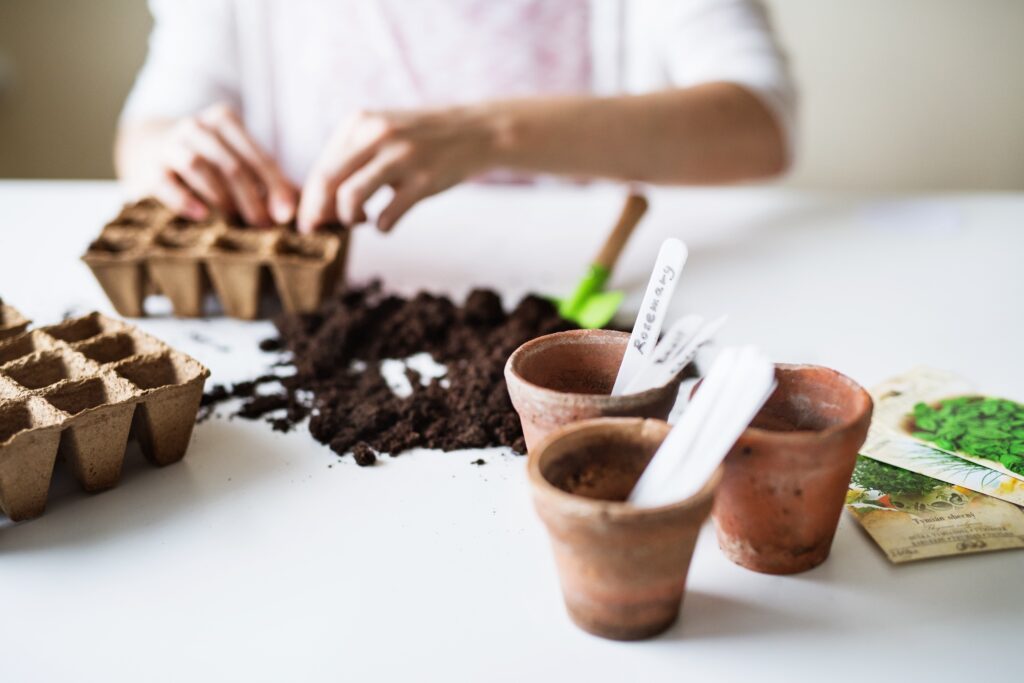Gardening Tips
Early Planting Made Easy: A Step-by-Step Guide for Beginners
As the days lengthen and the chill of winter begins to fade, gardeners eagerly anticipate the arrival of spring and the opportunity to cultivate a bountiful harvest of fresh vegetables. For those eager to get a head start on their garden, timing is everything. In this article, we’ll explore the optimal timing for planting vegetables to ensure an early and abundant yield.
1. Know Your Hardiness Zone
Understanding your hardiness zone is crucial when planning an early vegetable garden. The United States Department of Agriculture (USDA) assigns hardiness zones based on the average annual minimum winter temperature. Knowing your zone helps you determine the appropriate timing for planting, taking into account the last frost date in your region.

2. Start Indoors
To gain a head start on the growing season, consider starting some vegetables indoors. This method allows you to control the growing environment and protect young plants from late spring frosts. Common vegetables suitable for indoor seeding include tomatoes, peppers, and certain herbs.
Click to buy the best raised bed products for your garden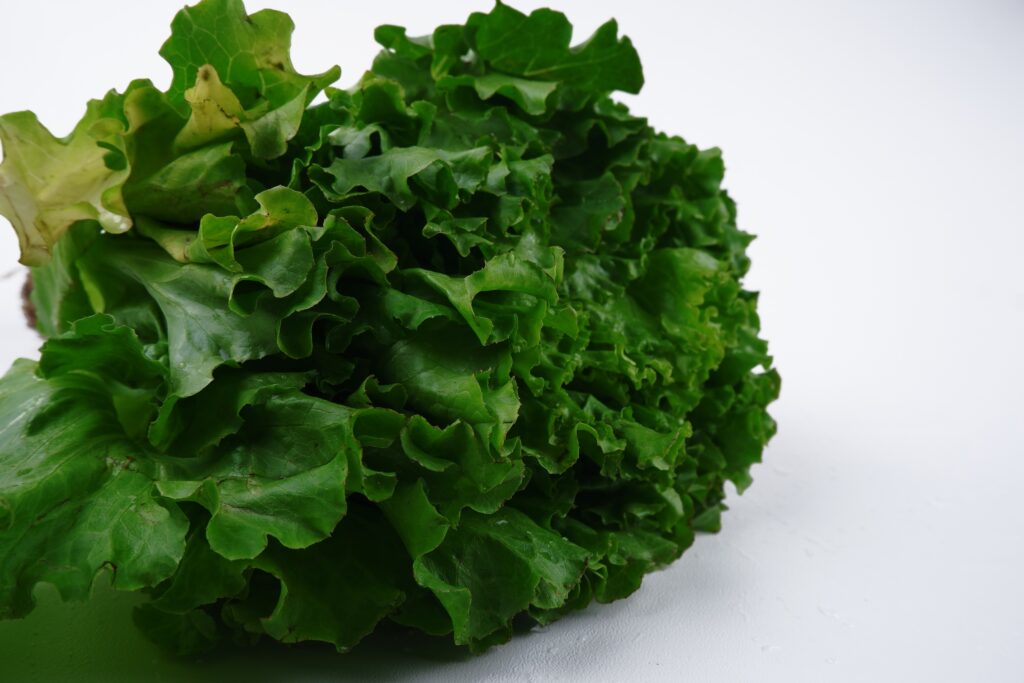
3. Cool-Season Crops
Certain vegetables thrive in cooler temperatures and can be planted outdoors early in the spring. These cool-season crops include spinach, lettuce, peas, and radishes. These hardy plants can withstand cooler temperatures and even a light frost, making them ideal for early planting.
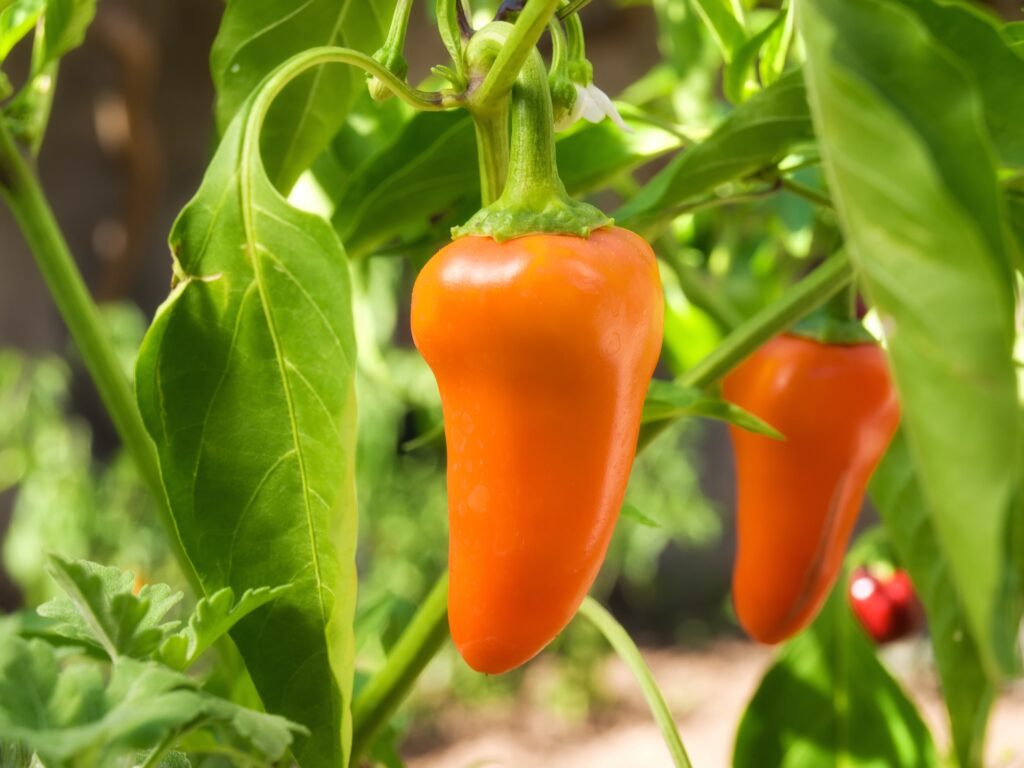
4. Warm-Season Crops
For warm-season crops like tomatoes, peppers, and cucumbers, it’s essential to wait until the threat of frost has passed. These plants thrive in warmer temperatures and can be planted directly into the soil or transplanted from indoor starts once the weather is consistently mild.
5. Keep an Eye on Weather Patterns
While planning for the best time to plant, it’s essential to stay vigilant about local weather patterns. Unseasonably late frosts or unexpected temperature drops can impact your plants. Be ready to protect your garden with row covers or other frost protection methods if needed.
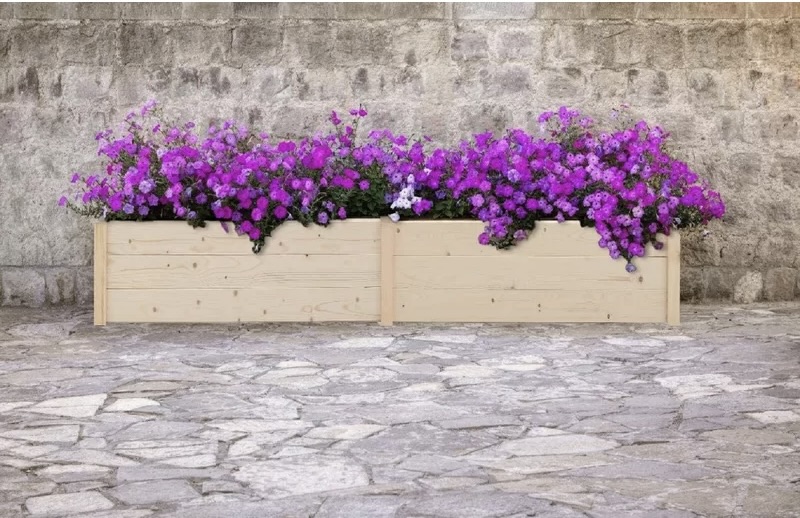
6. Consider Microclimates
Microclimates are small, localized areas with unique climate conditions. Pay attention to areas of your garden that may warm up more quickly, such as against a south-facing wall or near a heat-absorbing structure. These microclimates can provide an opportunity to plant a bit earlier than the rest of your garden.
Click to buy the best raised bed products for your garden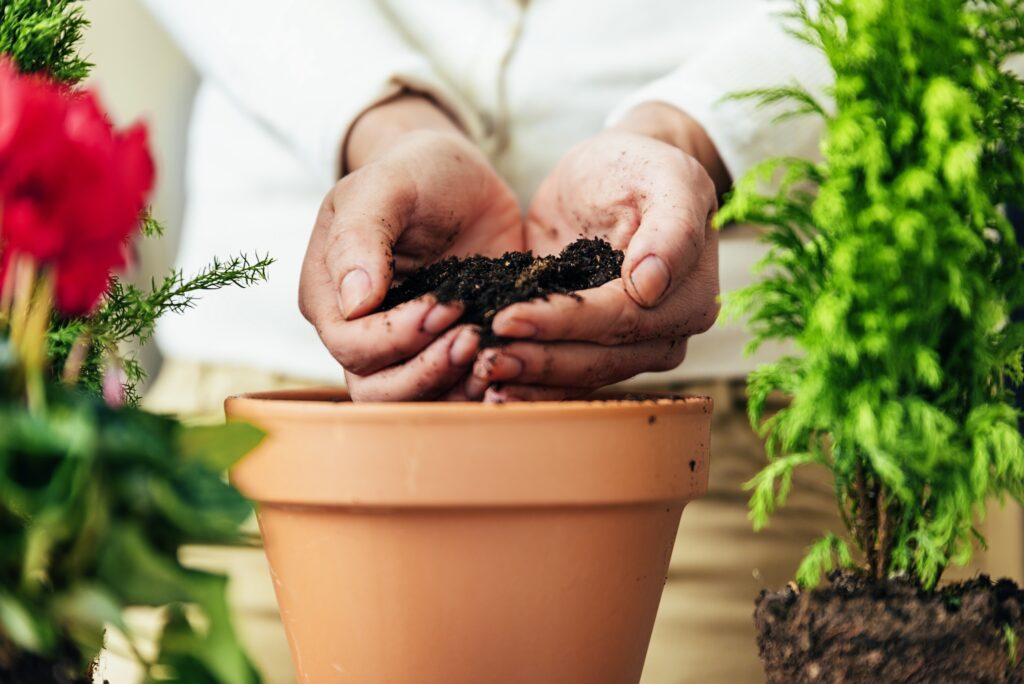
7. Soil Preparation
Before planting, ensure that your soil is workable and has reached an appropriate temperature. Cold, wet soil can hinder seed germination and stunt the growth of young plants. Use a soil thermometer to gauge the temperature and aim for a range that suits the specific needs of your chosen vegetables.
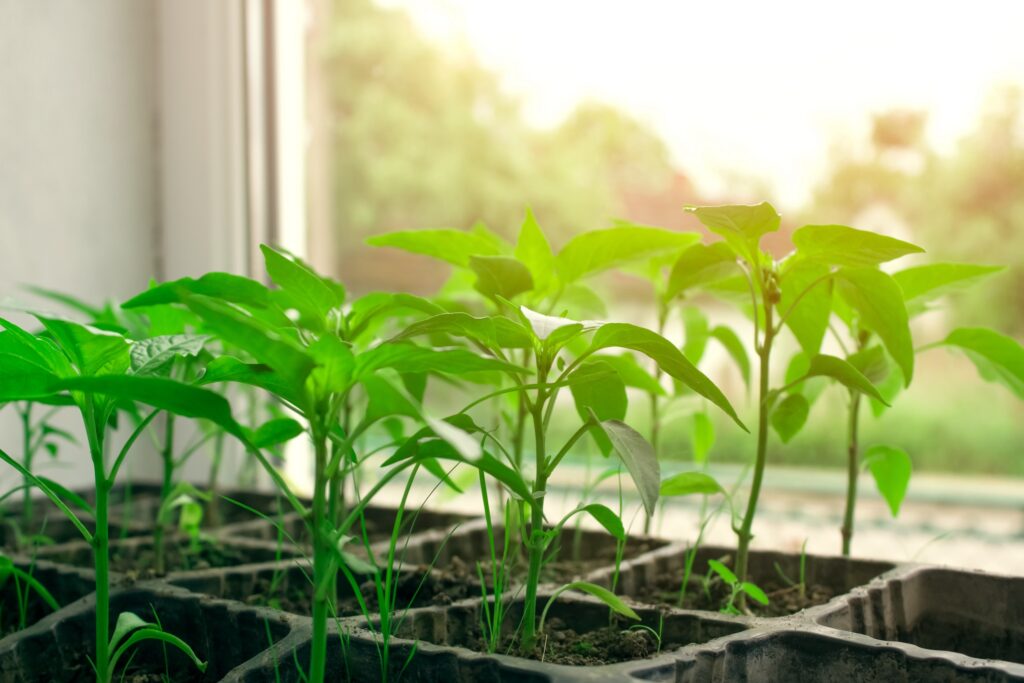
Timing is a critical factor in the success of an early vegetable garden. By understanding your hardiness zone, starting some plants indoors, selecting the right crops for early planting, and paying attention to microclimates, you can enjoy a thriving garden and a delicious early harvest. So, roll up your sleeves, grab your gardening tools, and get ready to sow the seeds of a successful and productive growing season!
